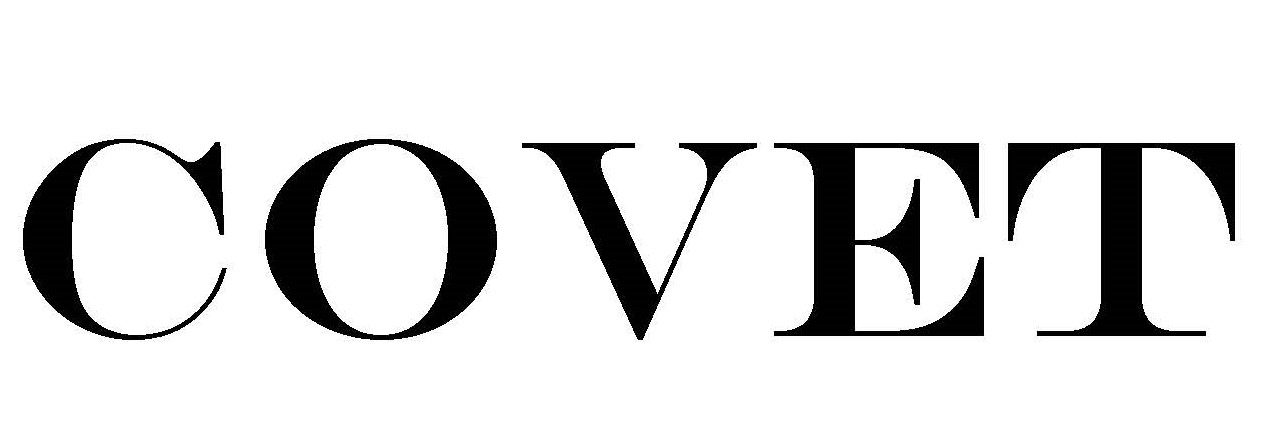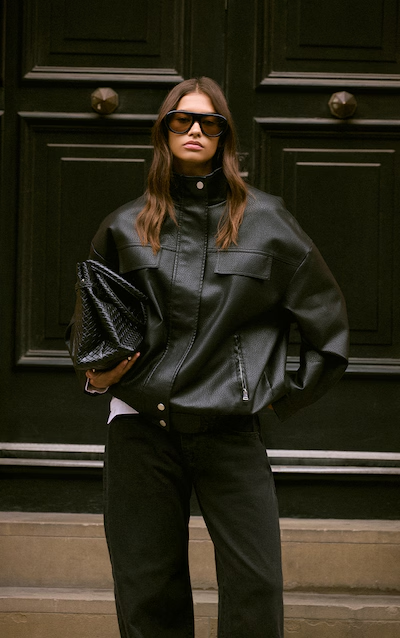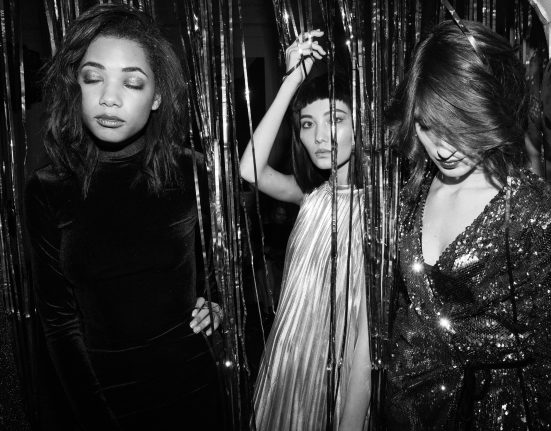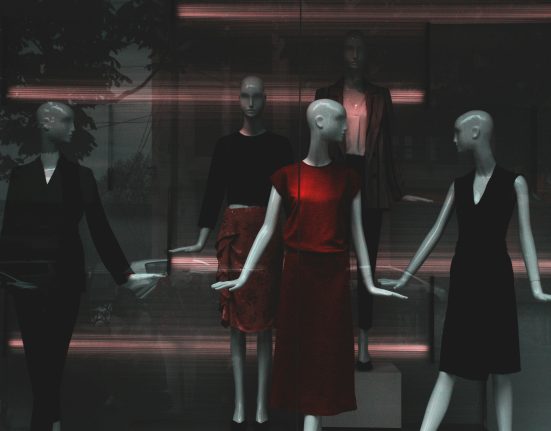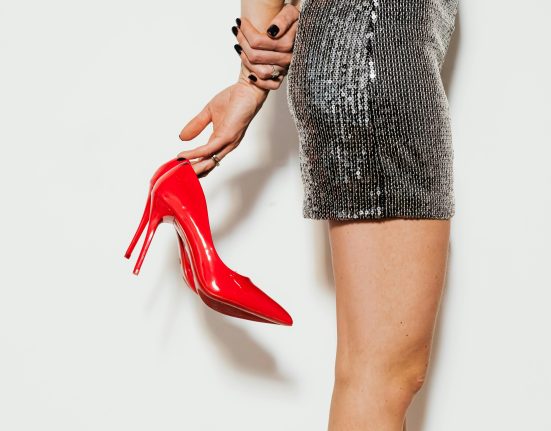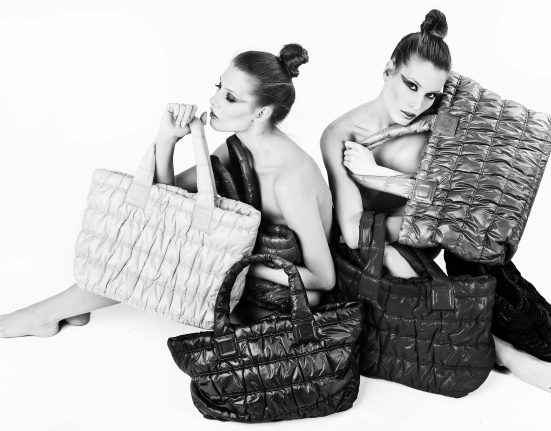FASHION JOBS YOU DIDN’T KNOW EXISTED.
BEHIND THE FASHION WORLD


Most people assume that the fashion industry only really consists of fashion designers and stylists, but in actuality, fashion designers and stylists represent a very small portion of the fashion industry. The fashion industry is like a very large tree with large branches that spread from the larger trunk of the tree. Although the fashion industry has a very simple and specific purpose, to sell and promote fashion items, there are many different elements that go into creating and supporting that purpose.
The fashion industry can be divided into three main categories which create the whole: creative, technical, and logistical. These three facets are where most of the fashion jobs fall under, and are necessary to the success of the industry as a whole. Although the fashion industry starts with a design, the design is just the first step in a very long process, which involves many different people, until that first design is actualized. Many of the people who are responsible for helping the production of fashion goods will never be recognized, or credited for the creation of those materials but are as fundamental as the designer who created the initial designs. Today we pay tribute to some of these fashion heroes that fall behind the curtain, but who are as important as those in front of it.
 Creative
Creative
The creative category of the fashion industry is vast and involves many different processes throughout the development of a fashion item. It begins with the designer who conceptualizes a piece. Although most people believe that the designer does everything within the design of a piece, really the designer usually just thinks up the design (although some designers don’t even do their own sketches), and then has their creative team (seamstresses, tailors, patternmakers) develop the actual sample. When a designer wants to add a print to their design most fashion designers employ the help of a Print Designer.

– Print Designer:
Although fashion designers know the essentials of creating a garment, many don’t know how to create prints. Print design is very difficult to do because it involves proportions, and symmetry, which isn’t easy to correlate. Print Designer’s skills are a mixture of graphic designer, fashion designer, and chemist. They must have a good knowledge of colour, proportions, and textures while also having knowledge in the chemical and technical processes to make a print that is wearable, and durable.


A print designer’s job usually begins with a fashion designer describing a print they would like to interpret for a fashion line. The designer will describe a print, show inspirational images and colours, and the print maker will then produce a sample, which will either be kept or modified. Other print designers just create their own textiles that are either bought by designers, or fabric companies. Large fashion design companies have print designers in-house and even sell their own prints at wholesale.


Technical
Throughout the large tree that is the fashion industry, you will see that many of the branches overlap. Some of the jobs that require technical skills also require creative skills as well. The technical sector of the fashion industry can encapsulate many things from the use of necessary technology for design and show production, as well as the organization of designs and fashion shows. Two jobs that fall under this category are the Runway Sound Designer, and Head Dresser.


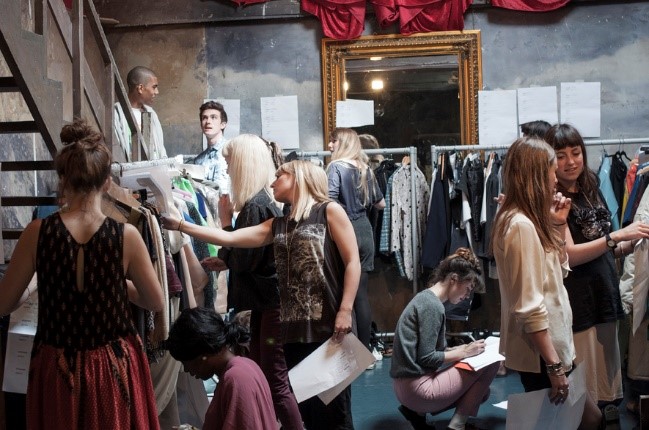
– Runway Sound Designer:
Runway Sound Designer is one of the jobs that require both technical and creative skills. Unlike most of the jobs in the fashion industry that require education within the fashion sector, Runway Sound Designers usually are trained and educated in the audio production field, require skills in sound editing, and audio engineering. Runway Sound Designers work very closely with fashion designers to create the perfect audio environment for the collection. Along with creating the perfect audio mix for the show, Runway Sound Designers also work on audio cues, and transitions for a change in theme or design. Sound is very important to a fashion show because it completes the message the fashion designer is trying to convey to the audience. Sound helps create a mood, for the audience, models and the designs coming down the runway.


– Head Dresser:
One of the most important jobs in a fashion show production is the role of head dresser. Although head dressers don’t usually need a degree to work, they must have a number of different skills to perform the job correctly, and usually mounds of experience to reach the head dresser position. Head dressers are responsible for organizing models into position, making sure models are dressed appropriately and timely, and for maintaining the models perfect appearance to walk the runway. Head dressers are usually managing a group of dressers who are responsible for dressing the models in the designer’s garments. Head dressers are extremely organized, are good at multitasking, have excellent time management and communication skills. Most head dressers are usually either in design school, or have graduated in fashion show production.
Head dressers are fundamental to a fashion show because they are not only responsible for the appearance of the models but for their cues to enter the runway, and transitioning them into outfit changes within very limited time frames. A head dresser can make or break a fashion show, and that is why they are one of the most valuable members of a fashion production team.



Logistics
Logistics is a very large segment of the fashion industry and refers to all operations dealing with the business sector of the fashion industry; this includes the production and manufacturing of fashion goods, marketing and advertising, and coordinating personnel. Pretty much, logistics is everything that is necessary to keep the business running smoothly. One important element to a successful business is excellent communication. Communication can be difficult in this global market when much of the production is outsourced to other countries, and when fashion is expanding to new global markets. Due to the new global marketplace that we live in today, translators are becoming common amongst the jobs in the fashion industry. Translators are used in many different sectors of communication in the fashion industry, whether it is communication between factory and manufacturing directors, or amongst designers and foreign design teams. Translators help facilitate communication amongst foreign speaking members of the fashion industry so that there is no miscommunication within the dialogue so that collaboration can continue.


Within the large business that is the fashion industry, there are some jobs that require creative, technical, and logistical skills. These jobs fall within their own categories, and require skills in all sectors of the fashion industry.
One such job that seems to be under its own sector is trend forecasting. Most people think the fashion industry starts with a design, and technically it does, but what comes before the design is trends. Trend forecasters are like investors, they predict future trends based on the financial, social, and political environment for a particular time, or zeitgeist. Trend forecasting is one of the highest jobs on the fashion industry hierarchy to obtain. Trend forecasters are highly regarded and must be extremely knowledgeable about all elements of fashion, as well as the world itself. Trend forecasters usually are educated within the fashion industry, emphasizing their education on creating and interpreting trends. Most fashion companies have in-house trend forecasting departments, but others enlist the help of trend forecasting companies, such as Carlin, Nelly Rodi, Peclers, and the Doneger Group. These forecasting groups are paid highly for their consumer knowledge by fashion companies, as well as companies from other industries such as auto and furnishing.
Trend forecasters are really the people setting the trends by interpreting the current and future environments, and how it will affect the future of consumer behaviour.


The fashion industry isn’t as simple as it may seem, like other large industries, such as the tech and film industry, there are many branches that support the fashion industry that is invisible to the naked eye. Print designers, runway sound designers, dressers, translators, and trend forecasters are all necessary to the success of the fashion industry, even though their names do not appear on the labels. These jobs and many more not listed today are what really make up the fashion industry. It may have started with one, but from pen and paper to rack, it took many.

